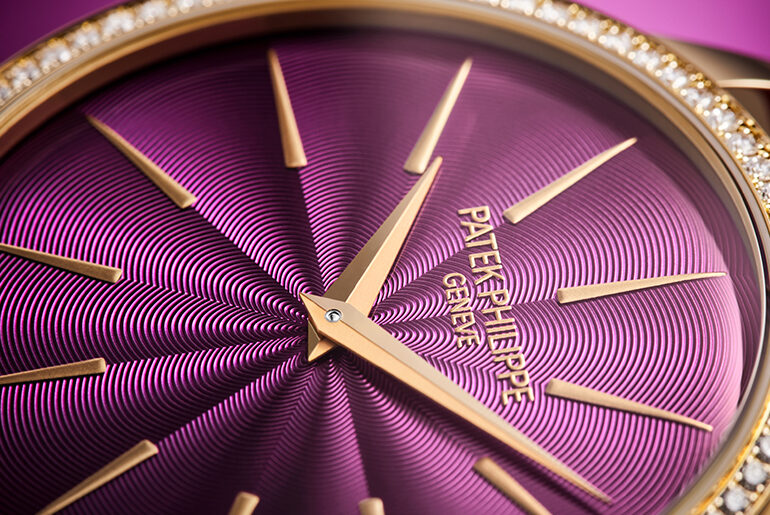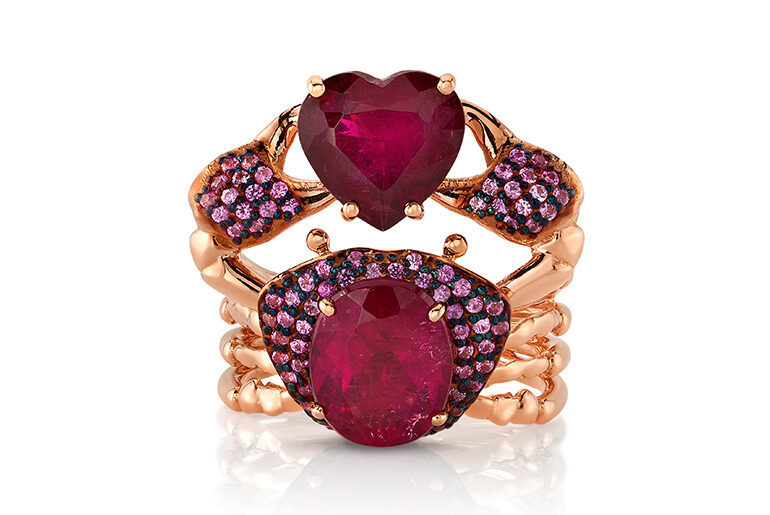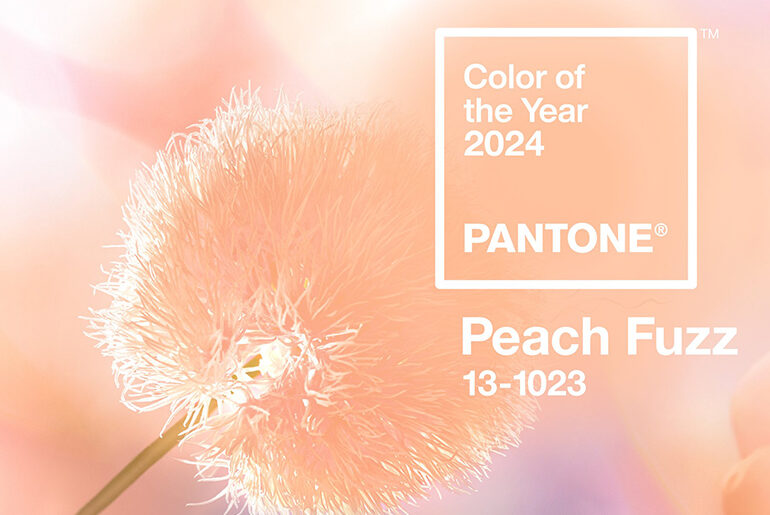By recycling, upcycling and reusing our materials, we can meld the past with the present to create a greener future.
It’s an interesting time for the concept of sustainability. At this stage, it is sometimes used as a propaganda tool. People are talking about it, but they’re not really applying it, because they don’t know the metrics of implementing it in day-to-day business. Besides the traceability of diamonds, gemstones and maybe gold, how do you measure sustainability practices in your business and in your design? We are at the beginning of an incredible journey.
You may be dealing with certified transparent diamonds, but the employees at the diamond factory might not be working according to sustainable best practices. Maybe you are subcontracting your manufacturing to a company that is not compliant. We have to define the measurement of what makes a product sustainable.
The concept of circular design is not new. History has taught us that for our ancestors, everything — from furniture to food, fabric and clothing — was meant to be recycled, upcycled and reused. Circularity is about melding the past with the present, mixing it with innovation, and making recycled material components by looking to the future.
Jewelry companies have old, unsold stock. What do they plan to do with it? Remelt the jewelry? Are they just going to unmount the pieces? Or maybe they can reuse these original components, unmount and design around them. We should be utilizing the treasures that we have within the factories, the legacy materials, and the knowledge of how to design something and how to make the prototypes.
Consumers say they want to be sustainable. They want to do it, but they don’t want to pay for it. Millennials, Gen Z-ers and Gen X-ers are concerned about climate change, yet they are also spending more than EUR 1,000 on an iPhone that will be discarded at some point. Some of the pieces are reused, but some aren’t. So all this is going to waste. This is pollution. What are we doing about that, then?
The solution is to buy less, own less, make better use of what we have, be more conscious, speak less and do more, be more active rather than talking — and it has to include everybody, in all age groups.
Everyone thinks sustainability is associated with the green footprint and limiting the production of carbon dioxide. But there are three factors: people, planet and profit. If things are not profitable — as in financially sustainable — change cannot happen. To make lasting changes, we have to be sustainable from a financial perspective. That also means attracting investors who have an awareness of social impact and investments.
Everybody associates sustainability with being good, and of course we want to be good, but you need money to support the system, and people forget that part. Yet there is nothing to be ashamed of. Let’s talk about how you need money to support sustainability and to be and do good. Unless we link these different aspects, implementing sustainability throughout the supply chain is never going to happen. And it’s going to be a lie. Unless you do make money, and you are aware of how to save money, time, energy — and therefore pollution — you’re not going to be sustainable. It’s not going to last.
We need to shift our mind-set. The jewelry industry is trailing behind other industries like the fashion world. The fashion industry didn’t have expensive, rare materials, so it concentrated on emotional value before the diamond trade did. We have to change everybody’s mind — all the stakeholders from the beginning to the end of the supply chain, down to the purchaser. Otherwise, we are just paying lip service.

TIPS FOR THE TRADE
Paola De Luca has just completed a degree in circular economy and sustainability from the University of Cambridge. Here are some of the actions she recommends for the industry to optimize its activities from a sustainability perspective:
• Invest in education and create infrastructure, including technology and innovation departments for circular design.
• Develop new systems that mix tradition with technologies for reducing waste.
• Promote upcycling and new business models.
• Partner with recycling-technology companies to develop alternative materials, packaging and distribution platforms. Develop a program that introduces circular economy and circular and modular design to the sector.
• Adopt innovative ideas mirroring the fashion industry — translated for the jewelry sector, which has different challenges (for example, the use of precious natural resources).
• Study business cases from other sectors, including independent designers and small and medium-sized enterprises (SMEs).
Main image: Margherita Burgener Fiordaliso ear clips in titanium and gold with repurposed plastic bottles and diamonds.





Comments are closed.